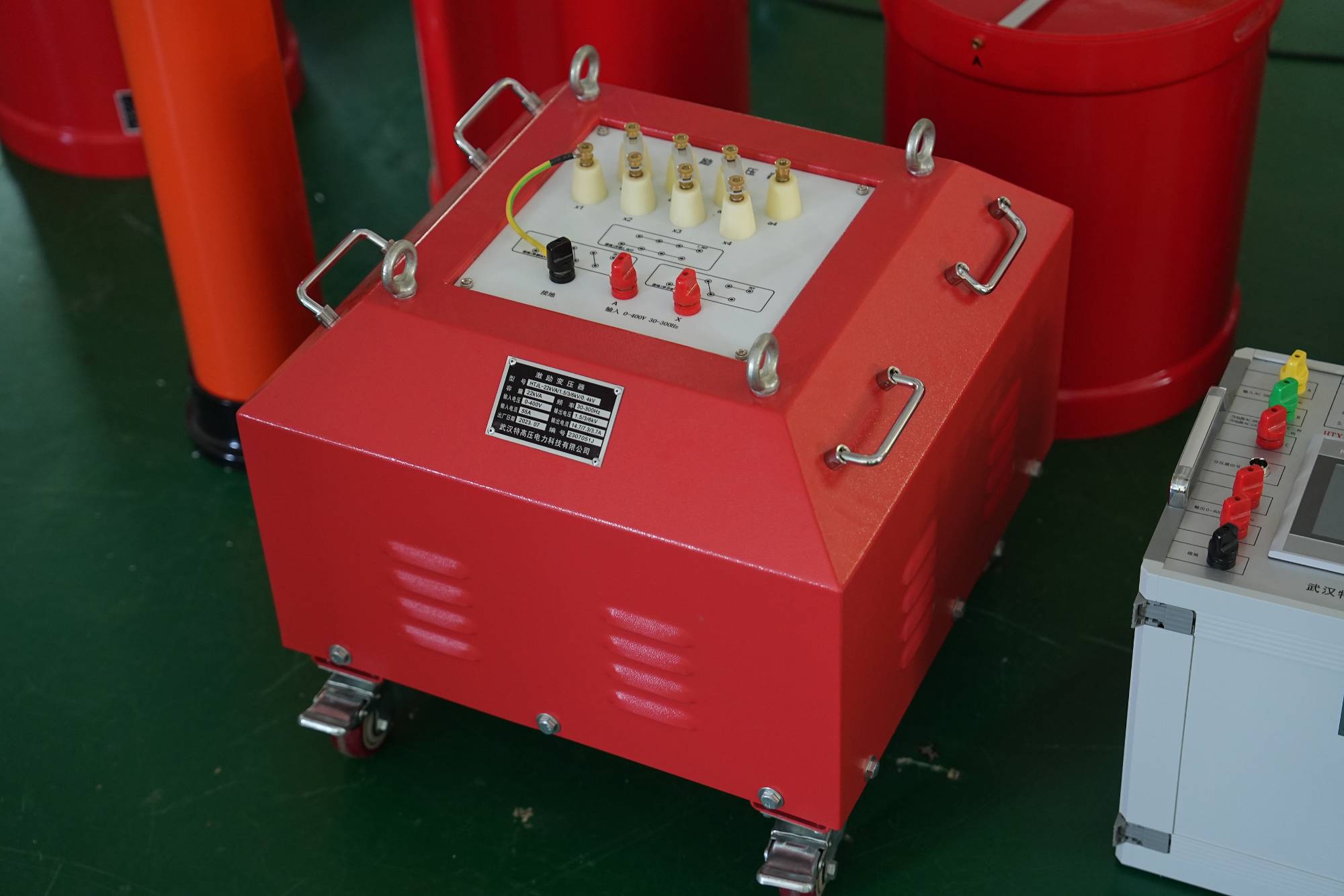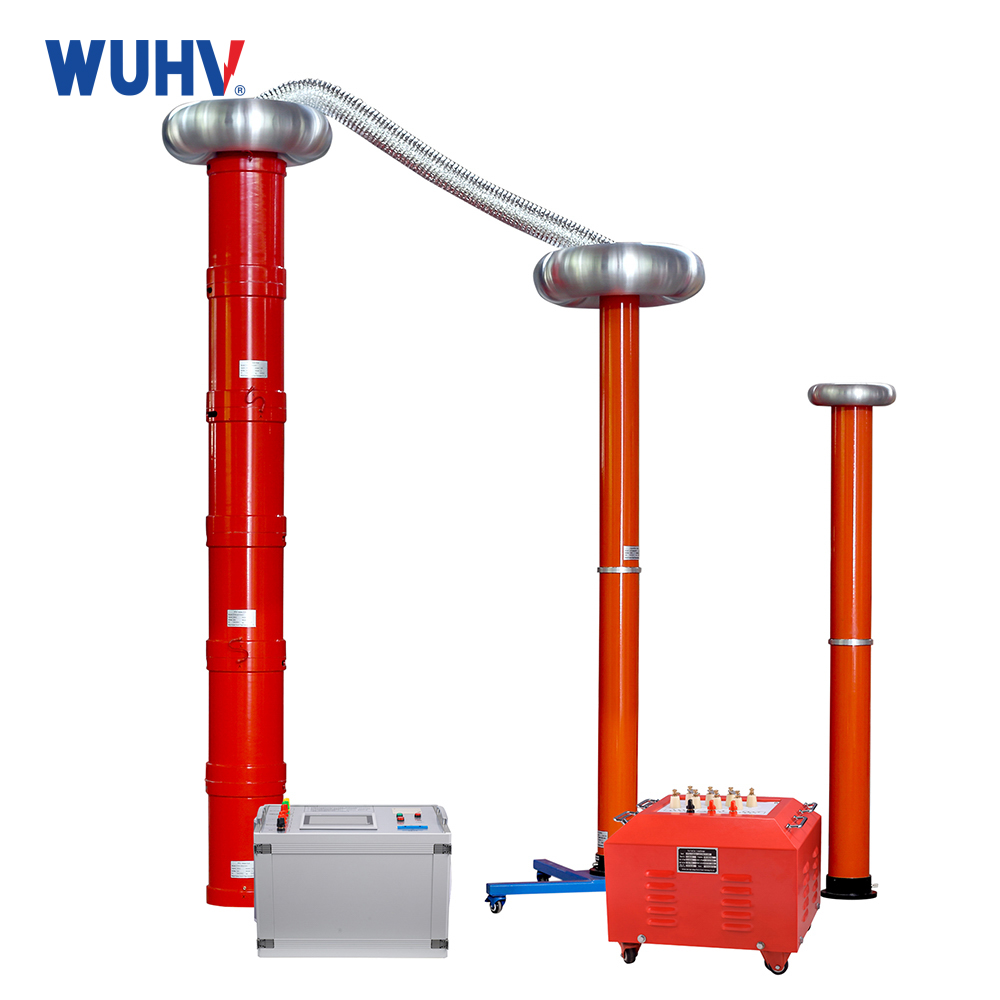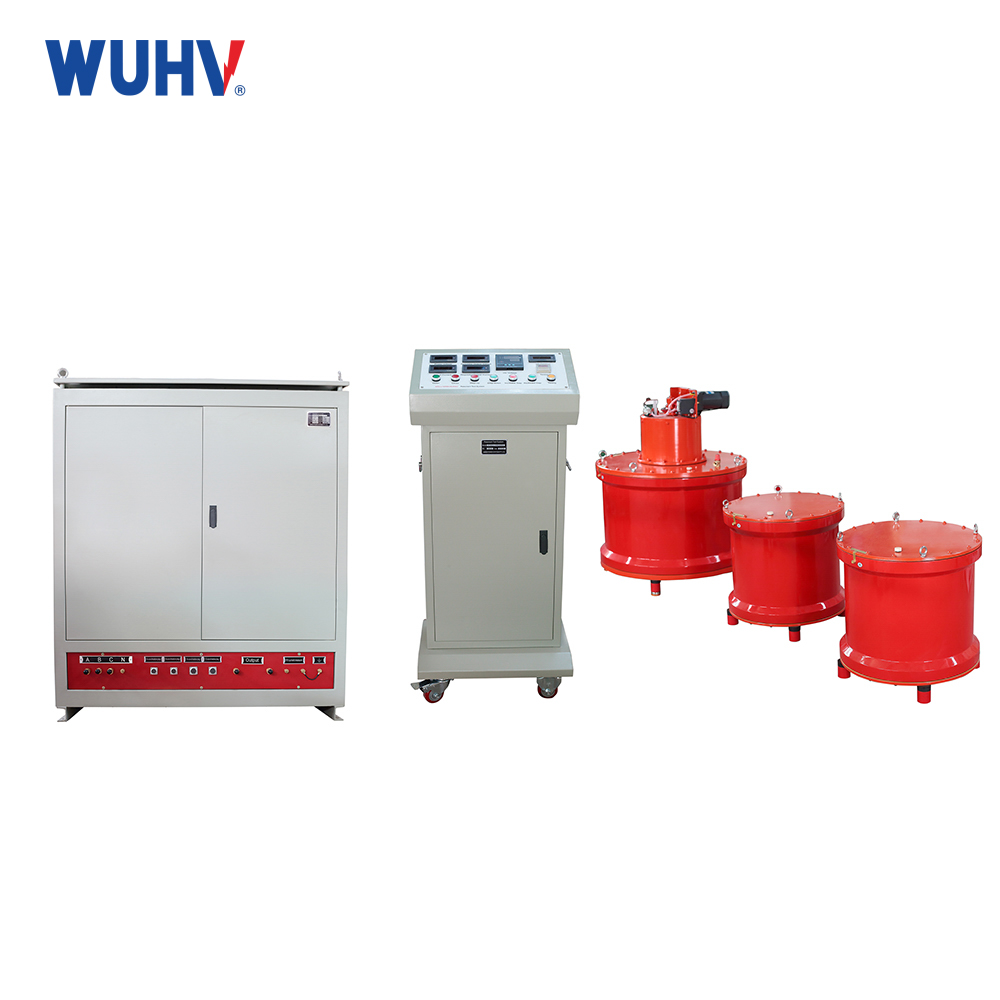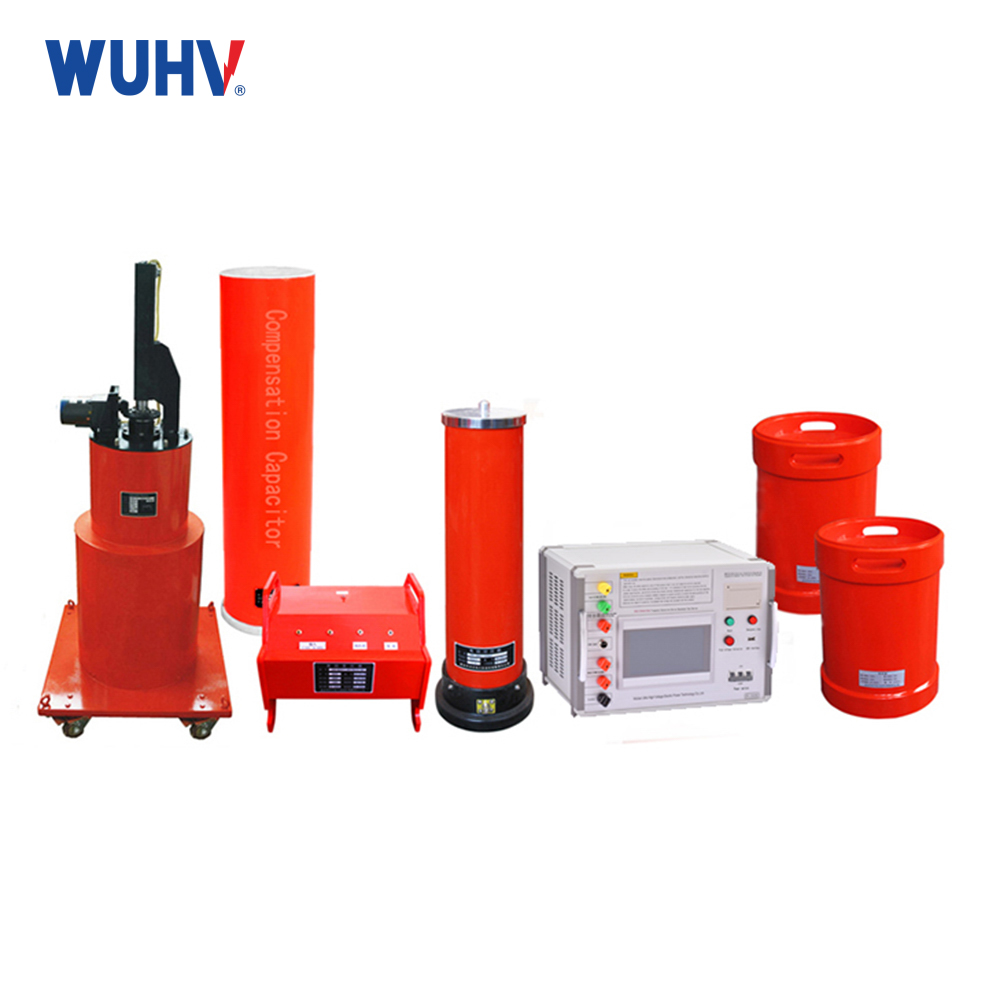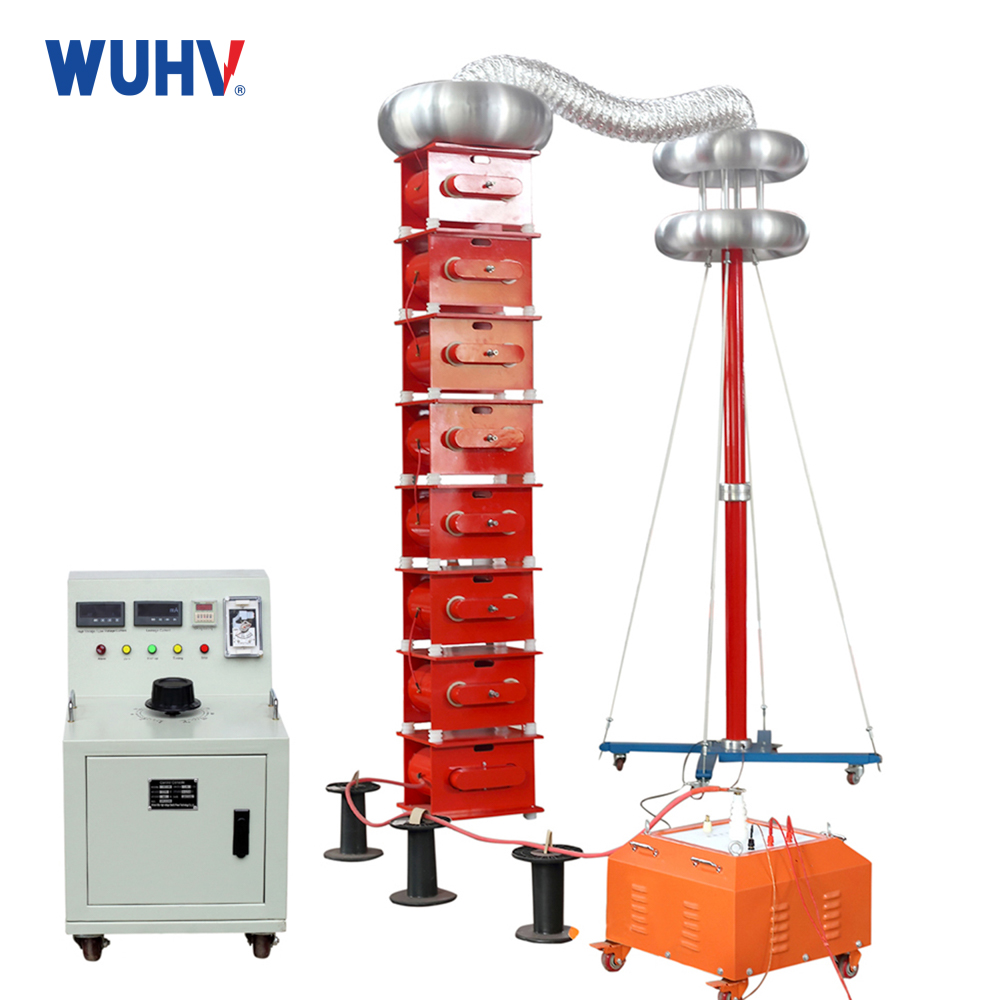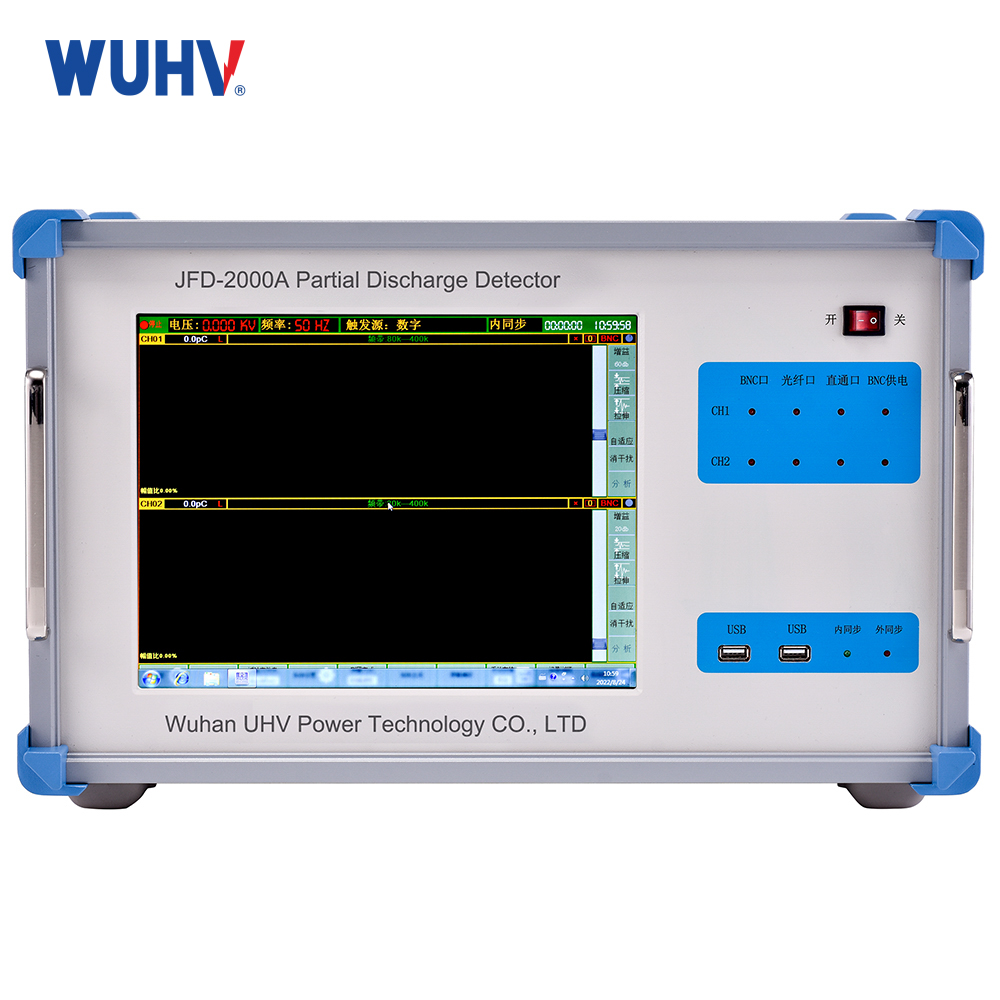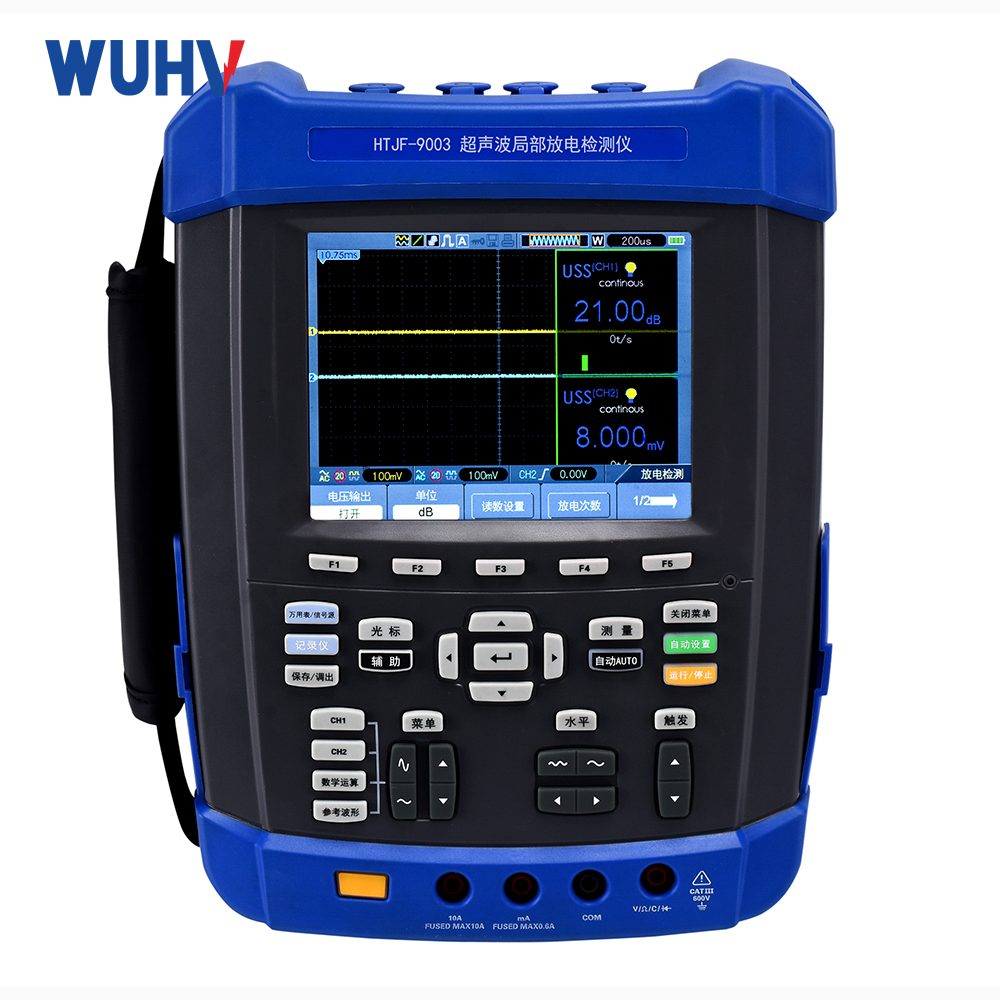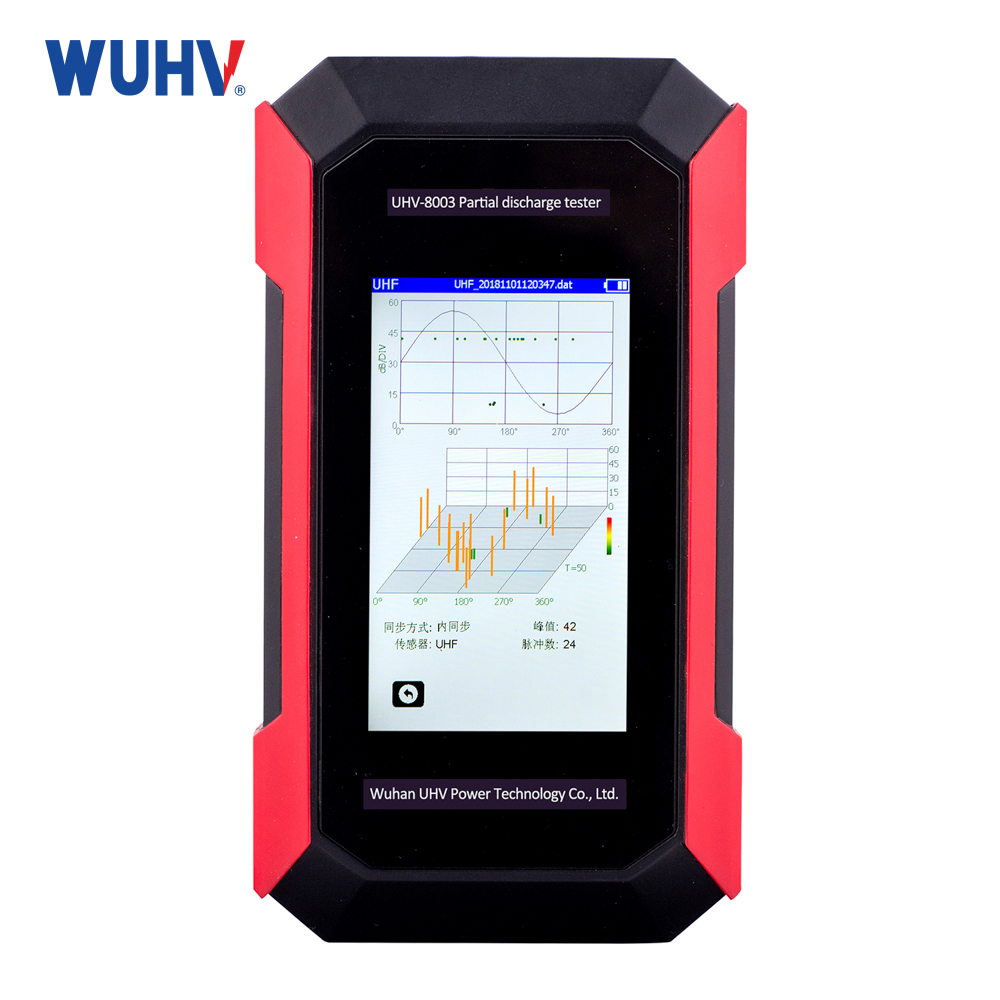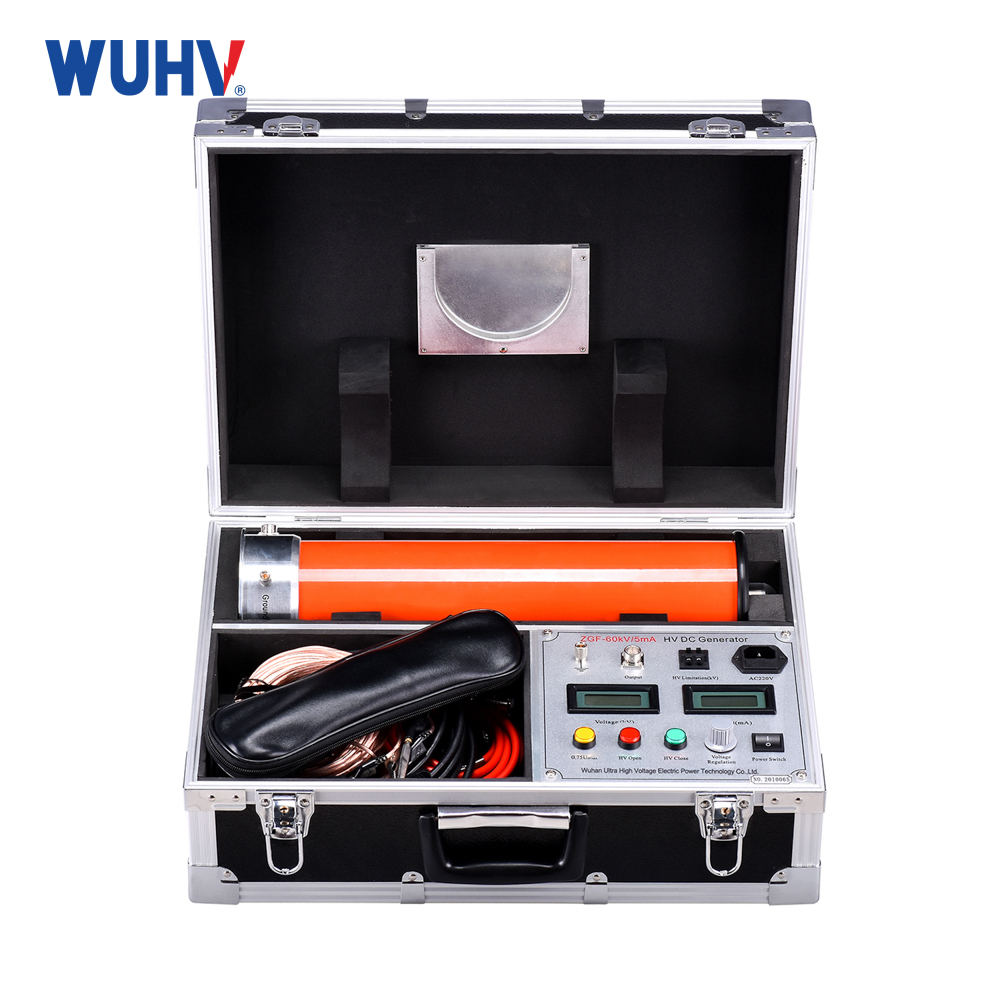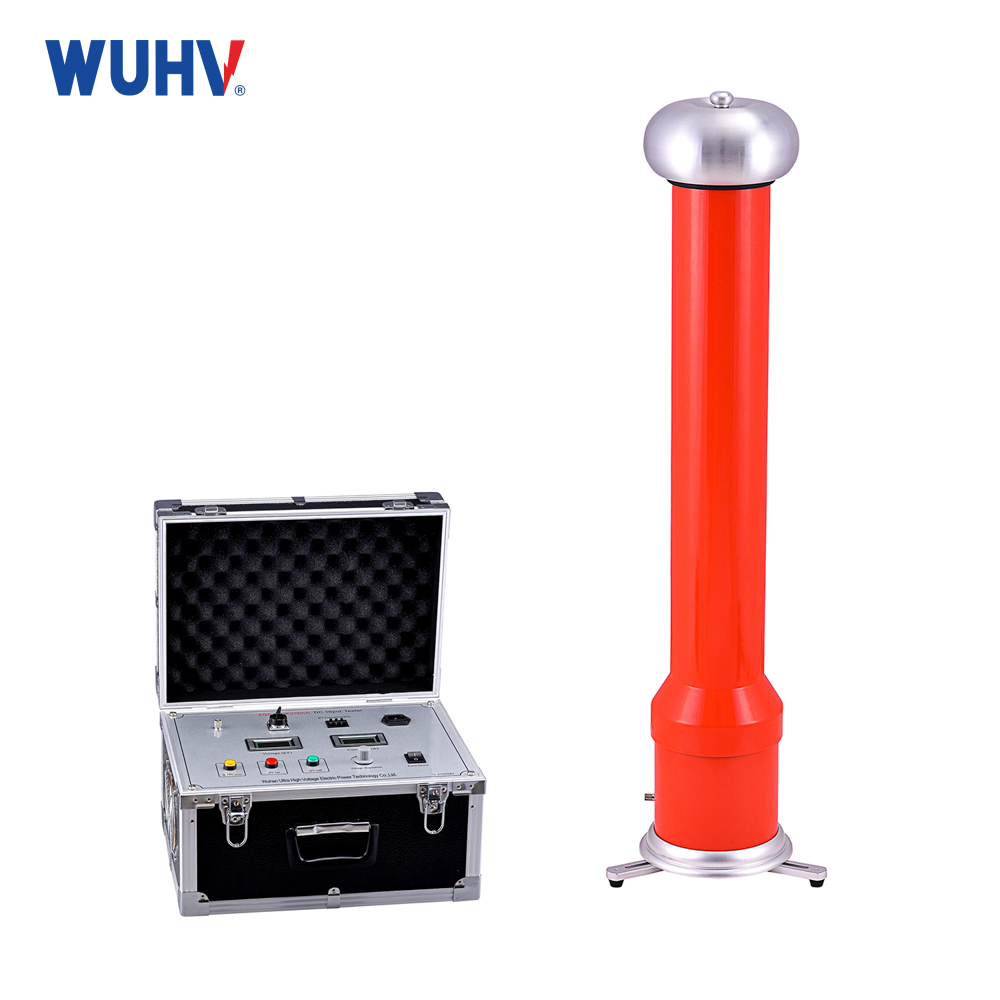Wuhan UHV specializes in producingseries resonance (also known as power frequency withstand voltage test equipment). Next, we will share with you the application characteristics of power frequency withstand voltage test equipment.
Application ofpower frequency withstand voltage test equipment
The principle of series resonance is widely used in power preventive testing projects, targeting insulation inspection of large capacity and high-voltage power equipment. Different combinations of adjustable reactors are used to adjust the size of the reactance and generate resonance conditions with the test object. The series resonance test device is mainly composed of a variable frequency power supply, excitation transformer, reactor, compensation capacitor, and capacitive voltage divider. Compared with oil immersed test transformers, its function is broader, but its disadvantage is that it loses the advantages of portability in terms of volume and weight. However, this also conforms to the engineering structure and electrical theory. In the application of series resonance in power preventive testing projects, it is clearly stipulated that DC high-voltage generators are no longer recommended to be used for voltage withstand tests on equipment such as cables. Instead, it is recommended to use 20-300Hz. The sentence is: The series resonance test device is used for insulation detection, so it is widely used in high-capacity, high-voltage power preventive testing equipment such as transformers, GIS fully enclosed composite appliances, and power cables.
Characteristics of power frequency withstand voltage test equipment circuit
From a physical perspective, resonance is vibration. The principle of applying the force and reaction force generated at the same equilibrium position through a common frequency to the power system is basically consistent. Series resonance refers to the formation of a measurement circuit through a series connection and the generation of resonance conditions. The voltage generated by adjusting the output low-voltage voltage through excitation and reactance is commonly known as the "resonance voltage".


